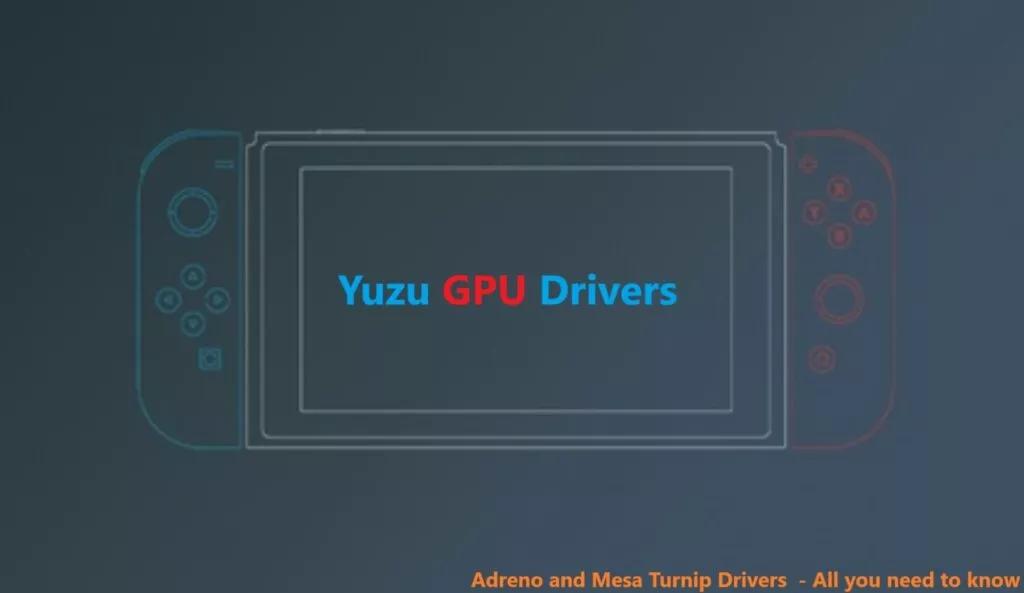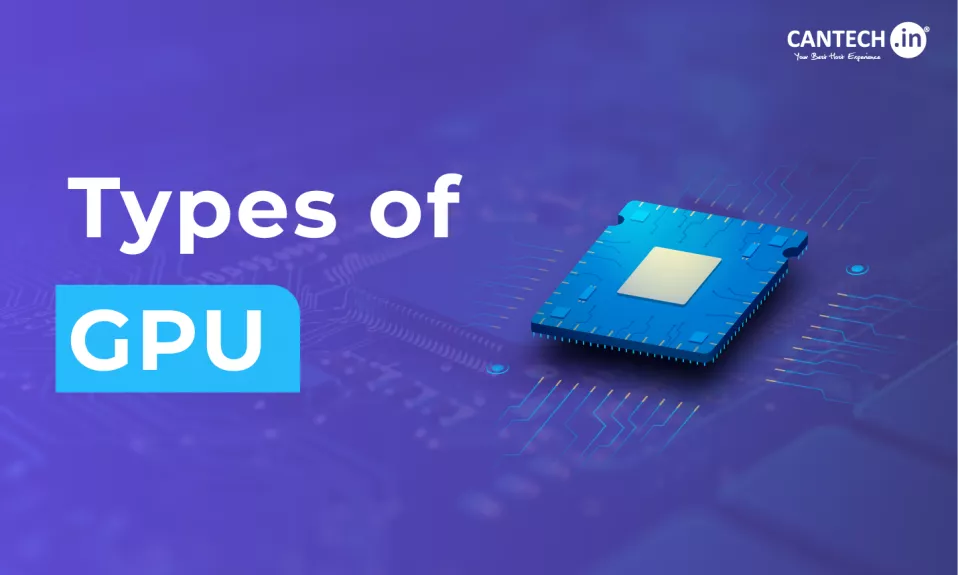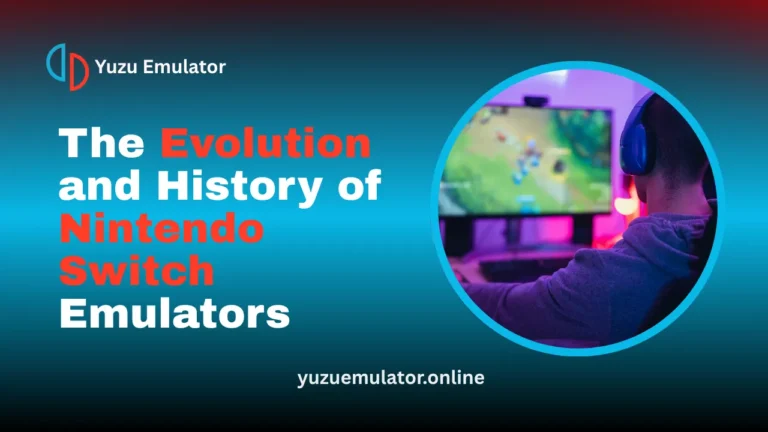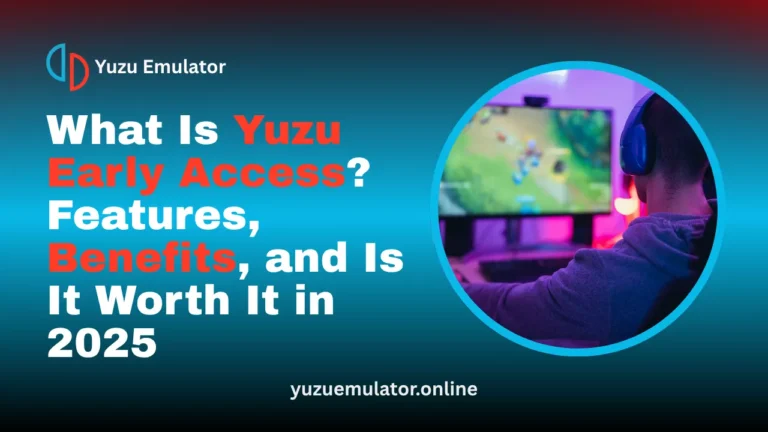Key Takeaways
- GPU drivers are essential for Yuzu because they enable smooth communication between your graphics card and the emulator, improving overall game performance.
- Updated drivers boost frame rates, fix graphical glitches, and reduce crashes by optimizing how the GPU handles rendering and shaders.
- There are two main driver options for Yuzu: Qualcomm Adreno for Android users and Mesa Turnip for Linux or advanced setups.
- Vulkan API delivers better results than OpenGL when paired with updated GPU drivers, offering smoother gameplay and fewer stutters.
- Installing the latest GPU drivers is simple: download, install, restart, and configure Yuzu’s graphics settings for the best results.
- Keeping both Yuzu and GPU drivers regularly updated ensures maximum compatibility, better visuals, and a stable emulation experience.
GPU drivers are the backbone of Yuzu emulator performance. They help your graphics card and Yuzu communicate smoothly, improving FPS, visuals, and stability. Whether you use Adreno or Mesa Turnip drivers, keeping them updated ensures your Nintendo Switch games run faster and without lag.
What Are GPU Drivers?
A GPU driver is the software that helps your graphics card communicate with your computer and apps like Yuzu. It works as a translator, turning the game’s complex rendering commands into something your GPU can understand and process. When these drivers are updated and optimized, games run smoother, visuals look better, and performance improves. But if the driver is missing or outdated, your system may face lag, glitches, or even crashes while running Yuzu.

How Do GPU Drivers Work With Yuzu?
GPU drivers are essential because they act as the communication bridge between Yuzu and your GPU. Whether you’re using a Qualcomm Adreno GPU on Android or an NVIDIA card on Windows, drivers ensure Yuzu can send instructions to your hardware effectively.
Here’s how this process works step by step:
- Yuzu sends rendering instructions to the driver.
- The GPU driver translates these commands into hardware language.
- The GPU executes them to generate visuals.
- The emulator displays the final game image.
If this chain is broken due to an outdated or missing driver, your games will appear choppy, flicker, or fail to launch altogether.
Why GPU Drivers Are Needed for Yuzu?
Drivers do much more than just make your graphics card run. They’re what allow Yuzu to use your GPU efficiently. According to Yuzu’s own documentation and emulator developers, there are four main reasons why drivers are crucial for performance:
1. Enabling Features
GPU drivers make your hardware compatible with new graphics models and updates. They add support for advanced rendering features that help Yuzu run games with improved visuals, lighting, and effects. Regular driver updates also introduce new optimizations, which lead to smoother emulation.
2. Communication with Hardware
Your GPU doesn’t speak the same language as your operating system or Yuzu. Drivers act as translators, converting commands into GPU-readable data. This communication allows Yuzu to display game graphics correctly.
3. Fixing Bugs and Improving Stability
Manufacturers like Qualcomm, NVIDIA, and AMD release frequent driver updates that fix known bugs and crashes. In the case of Yuzu, newer drivers often solve graphical glitches, black screens, and texture issues that appear in older versions.
4. Performance and Tuning
Modern driver updates include optimizations that allow Yuzu to use the GPU more efficiently. These updates boost frame rates, lower rendering time, and reduce stuttering during gameplay. For example, Vulkan API support which is now common in emulators, performs best with updated drivers.
Yuzu GPU Driver Types
The Yuzu emulator uses two main types of GPU drivers that determine how games perform and how efficiently your graphics hardware communicates with the emulator. These are known as Integrated GPU Drivers and Dedicated GPU Drivers. Both play a similar role but are designed for different kinds of devices and performance levels.

Integrated GPU Drivers:
Integrated GPU drivers come built into your device’s processor, which means they share memory and resources with the CPU. These drivers are common in smartphones and tablets that use Qualcomm Adreno GPUs. They are energy efficient and designed for lighter hardware, making them ideal for running Yuzu on Android. However, since the GPU is not separate, performance is limited compared to desktop-level hardware, especially in demanding Nintendo Switch games.
Dedicated GPU Drivers:
Dedicated GPU drivers are made for desktop and laptop computers that have separate graphics cards such as NVIDIA, AMD, or Intel. Unlike integrated drivers, these are installed manually and allow the GPU to use its own VRAM. This setup provides better speed, higher FPS, and more stable visuals in Yuzu. Dedicated drivers are especially beneficial for users who play heavy games or want to emulate titles at high resolutions and advanced settings.
Choosing the Right Driver for Yuzu:
If you’re running Yuzu on a mobile device, your system automatically uses integrated drivers that come preinstalled with the processor. But if you’re using Yuzu on Windows or Linux, updating your dedicated GPU drivers is crucial. New versions often fix bugs, enhance Vulkan and OpenGL performance, and ensure that Yuzu runs at its full potential without crashes or stutters.
Mesa Turnip Drivers vs. Qualcomm Adreno Drivers
There are two major GPU driver options available for Yuzu emulator on Android and Linux devices: Mesa Turnip and Qualcomm Adreno. Both work with Adreno GPUs but have different goals and compatibility levels.
Feature | Mesa Turnip | Qualcomm Adreno |
|---|---|---|
Type | Open-source Vulkan driver | Official Qualcomm driver |
Platform | Linux, Custom Android ROMs | Stock Android |
Focus | Emulator optimization and Vulkan performance | Stability and general app performance |
Best For | Advanced users or Linux setups | Everyday Android users |
Updates | Maintained by Mesa community | Released by Qualcomm periodically |
Mesa Turnip Drivers:
Mesa Turnip is part of the open-source Mesa project. It’s designed specifically for Vulkan-based performance, making it ideal for emulators like Yuzu and Ryujinx. It focuses on speed, smoothness, and low stutter, which is why many Linux users prefer it.
Qualcomm Adreno Drivers:
Adreno drivers are developed directly by Qualcomm for Android devices. They’re stable, reliable, and ensure good performance for most apps and games, including Yuzu. These drivers are built into Android systems but can be manually updated for better results.
How GPU Drivers Improve Yuzu Emulator Performance?
When GPU drivers are up to date, Yuzu can use your graphics card efficiently. You’ll notice several benefits:
- Higher FPS and smoother frame pacing
- Faster shader compilation
- Fewer crashes or “device lost” errors
- Improved lighting and color accuracy
- Better compatibility with newer Yuzu versions
For example, NVIDIA’s and AMD’s newer Vulkan drivers drastically improved Yuzu’s ability to handle complex Switch games like The Legend of Zelda: Tears of the Kingdom and Super Mario Odyssey without stuttering or crashing.
Common Problems With Outdated GPU Drivers:
If your GPU drivers are not up to date, Yuzu might experience the following issues:
- Black or flickering screens
- Missing or broken textures
- Low frame rate and lag
- Shader cache errors
- Frequent emulator crashes
These problems are common signs that your system isn’t communicating properly with your GPU. The good news? Most of these problems disappear immediately after updating drivers.
How to Install GPU Drivers for Yuzu?
Installing GPU drivers for Yuzu is an easy process that only takes a few minutes. The right drivers help Yuzu recognize your graphics hardware and improve overall game performance.
Step 1: Download the Latest Drivers
Start by downloading the newest driver version for your device. For Adreno users, visit your phone manufacturer’s site or Qualcomm’s official page. If you use Mesa Turnip, get the latest release from the Mesa community repository.
Step 2: Launch Yuzu Emulator
Before installing, make sure Yuzu is properly installed and working on your device. Open the emulator once to confirm that it runs smoothly and recognizes your graphics hardware.
Step 3: Open Settings
In Yuzu, go to Settings and open the Graphics section. Select the option that says “Install GPU Driver.” This will allow you to manually install or update your driver inside Yuzu.
Step 4: Locate the Driver File
Find the driver file you downloaded earlier. On Android, it will usually be a .so or library file, while on Windows or Linux, it’s often a .dll or .sys file.
Step 5: Install and Restart
Select the file and begin installation. Once finished, restart your device or emulator to apply the changes. After rebooting, Yuzu will automatically detect your updated GPU driver.
Once everything is set up, Yuzu will use the new driver to render your games faster, giving you smoother graphics and fewer performance issues.
Tips for Better Yuzu Performance:
Getting the best performance out of Yuzu isn’t just about powerful hardware. It’s also about using the right settings and keeping your system optimized. A few small changes can make a big difference in how smoothly your games run and how stable your emulator feels.
Use Vulkan Instead of OpenGL:
Vulkan usually offers better speed and stability than OpenGL in Yuzu. It processes shaders more efficiently, reduces lag, and delivers smoother frame rates, especially on newer GPUs like Adreno or NVIDIA.
Keep Yuzu and GPU Drivers Updated Regularly:
Regular updates are essential for peak performance. Updated Yuzu versions fix bugs and improve compatibility, while new GPU drivers add optimizations that make games run faster and more consistently.
Delete Shader Cache After Major Driver Updates:
After updating your GPU drivers, it’s helpful to clear your shader cache. This forces Yuzu to rebuild it with the latest data, which prevents stuttering and removes conflicts caused by outdated shader files.
Close Background Apps That Consume GPU Resources:
Before launching Yuzu, close unnecessary apps such as browsers, recorders, or streaming software. This frees up GPU and memory resources, allowing the emulator to focus entirely on rendering your game smoothly.
Try Mesa Turnip Drivers on Linux or Android:
For Linux and custom Android users, Mesa Turnip drivers can enhance Vulkan performance and stability. These open-source drivers are built specifically for better emulator support and often reduce crashes and frame drops.
Conclusion
GPU drivers are the foundation of Yuzu emulator performance. They enable communication between the emulator, your operating system, and your GPU. Updated drivers unlock smoother gameplay, faster frame rates, and fewer crashes.
Whether you’re using a Qualcomm Adreno GPU on Android or Mesa Turnip drivers on Linux, keeping them up to date ensures that Yuzu runs at its best. If your games ever feel laggy or unstable, updating your GPU drivers is the simplest and most effective fix.
Frequently Asked Questions
Q 1. What happens if I use Yuzu without GPU drivers?
Yuzu can still run, but your games will experience lower FPS, poor graphics, and frequent crashes.
Q 2. Which is better for Yuzu: Vulkan or OpenGL?
Vulkan usually performs better than OpenGL in Yuzu, offering higher FPS and smoother rendering on supported hardware.
Q 3. Can Mesa Turnip drivers be used on any Android phone?
Not all Android phones support Mesa Turnip. They are designed mainly for Adreno-based devices and custom Android or Linux systems.
Q 4. Do I need to reinstall Yuzu after updating GPU drivers?
No. Just restart your device or Yuzu after updating the drivers to apply the changes.
Q 5. How often should I update my GPU drivers?
Check for new updates every 1–2 months. Driver updates often include fixes and optimizations that improve Yuzu’s compatibility and performance.


